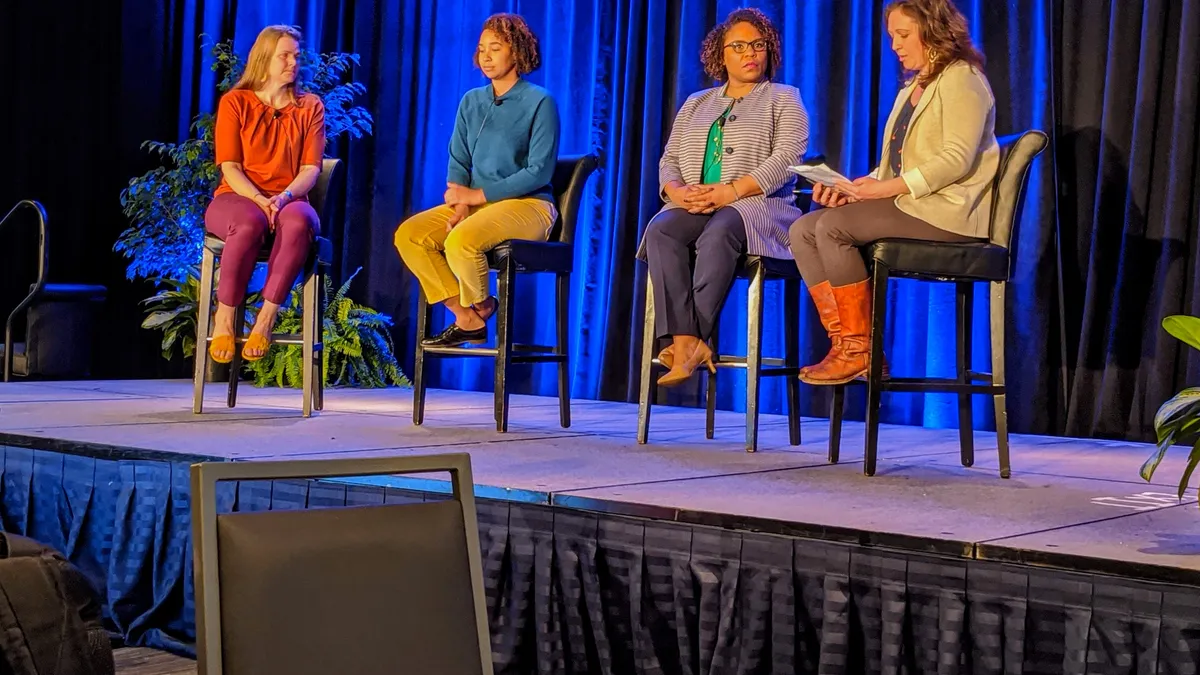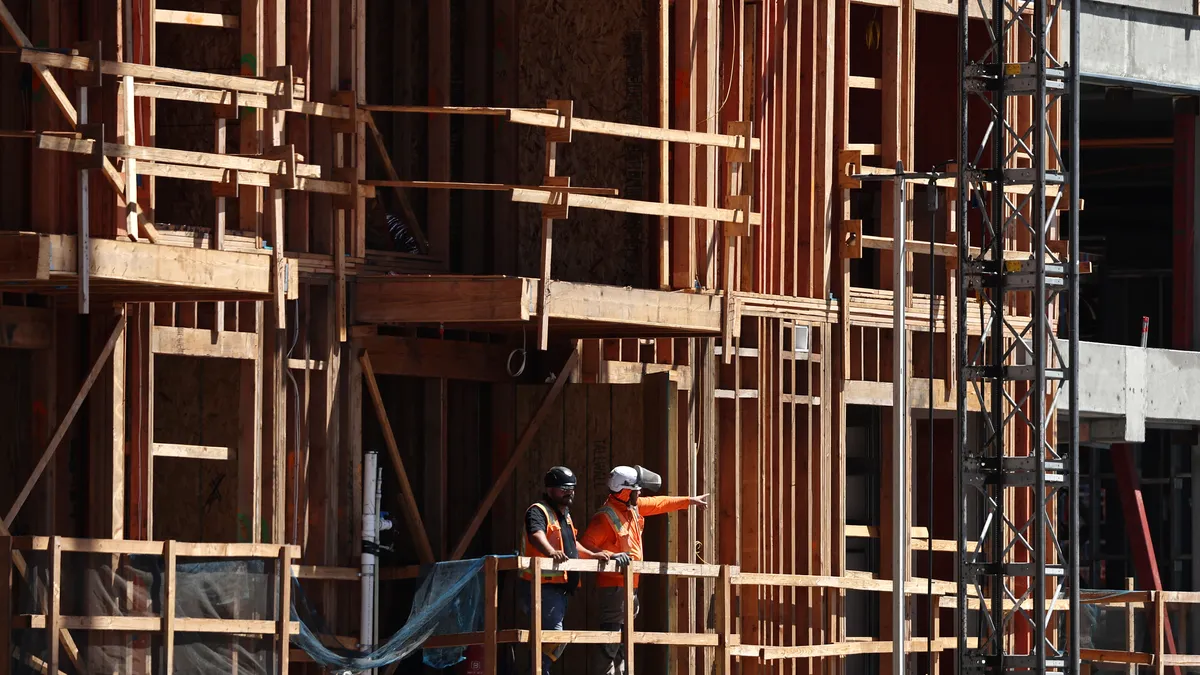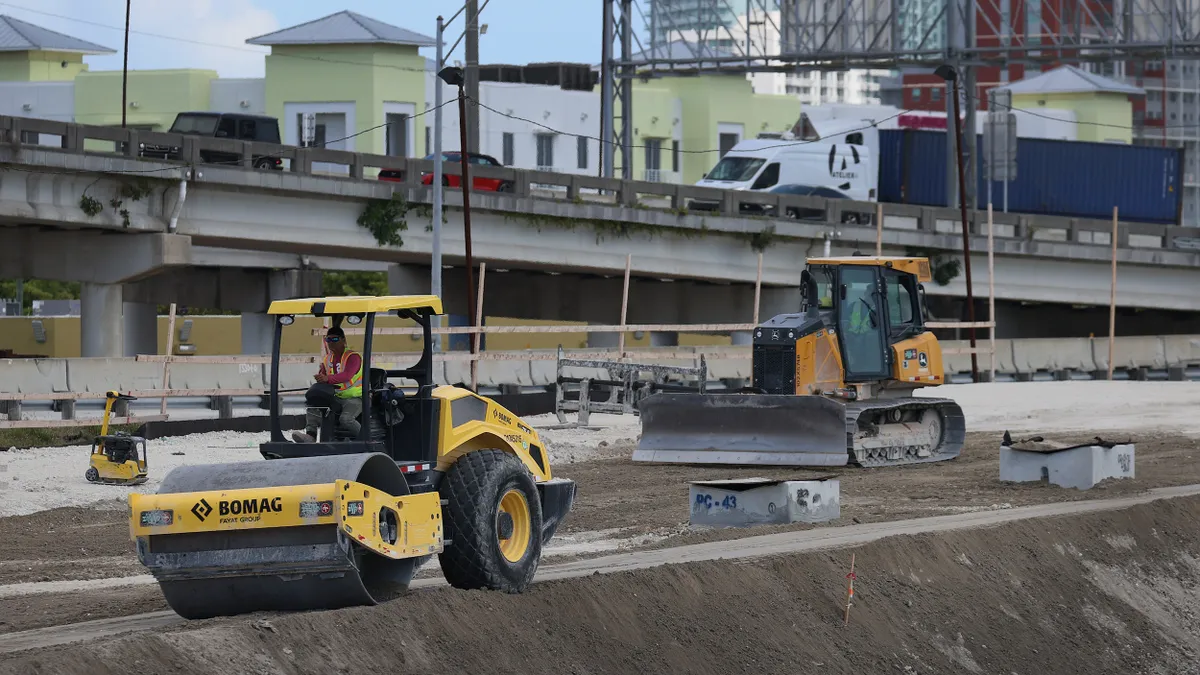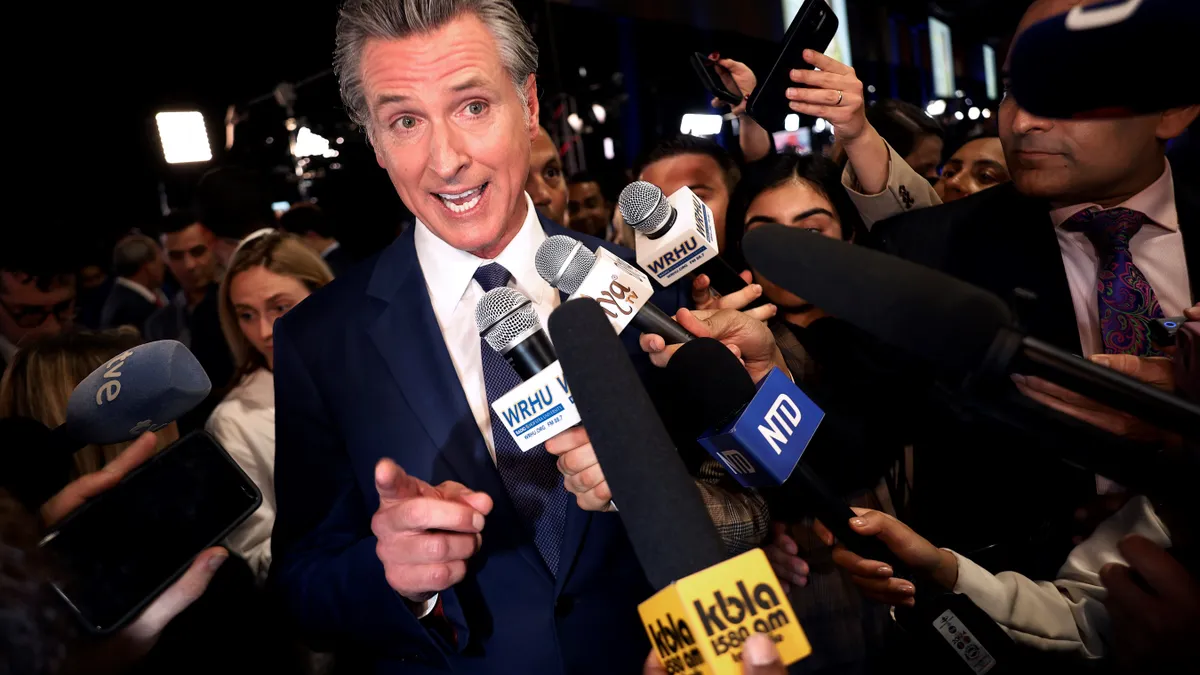PHOENIX — If city leaders are to create change in their communities, they need to build effective relationships, have parallel strategies and engage their target audiences, according to a new report released Wednesday at the Meeting of the Minds Annual Summit.
The report, "Behavior Change Tactics for Urban Challenges," offers transferable lessons for cities through a series of local-level case studies, and strategies to translate those into broader initiatives.
If they are successful, author Kate O'Brien of Catalyst Collaboratives wrote, cities can be better change agents for residents and bring about the kinds of systemic shifts that will help them adapt with unprecedented challenges.
Smart Cities Dive broke down the three main takeaways from the report.
1. Relationships are key
Taking inspiration from public health professionals and their efforts to address the opioid crisis, the report said building relationships and bringing people together for a common goal are key to effecting change.
The report looked at public health professionals who worked with the Greater Portland, ME Council of Governments (GPCOG) to get the opioid crisis under control in that city.
GPCOG and Birch Lane Strategies, its public health consultant, sought to foster a new spirit of collaboration by inviting the people from the front lines of the crisis, like prevention, recovery and treatment professionals, to speak with elected officials and city staff. Those individuals shared the actions they're taking in fighting the epidemic, where the gaps are in services and what could be done to remedy those gaps.
"It was really important for those city leaders to hear from those folks. Not from me, but from those people doing the work every day," Liz Blackwell-Moore, a public health consultant at Birch Lane Strategies, said during a panel discussion.
On top of helping the city get its arms around the opioid crisis, the model of building solid relationships "will provide scaffolding for taking on similarly complex challenges in the future," the report reads.
2. Many parallel strategies are needed at once
There is no one silver bullet for city leaders looking to encourage major behavioral changes among their residents or staff, the report said. Instead, leaders must tailor their approaches to different people and recognize that everyone learns in their own way.
For some organizations, that means a variety of educational offerings. During the panel discussion, Erika Anthony, executive director of the criminal justice and racial equity-focused Ohio Transformation Fund, said her organization has hosted everything from film screenings to book discussions and training sessions to get everyone on the "same level of baseline understanding" about racial equity and inclusion.
"Part of this journey is having patience... but also giving people different ways to enter the space that works for them and gives them the agency and power to say, 'This is the best way,'" she said.
The report cited the Brooklyn, NY District Attorney's Office as another place where systemic change has taken many forms. The just-elected District Attorney Eric Gonzalez announced reforms to the office's bail process, while pushing for a slew of smaller reforms like rewritten employee guidance, new technology systems to better track open cases and encouraging staffers to be ambassadors in the community.
The combination of reforms and other initiatives, from which effects may not be felt immediately, are key and show the need to push on multiple levers at once, the report said.
3. Communication with target audiences is crucial
The report argues there is "much to be learned" from the communications and public relations (PR) teams at private corporations, and that those teams' efforts to understand and engage target audiences can be replicated.
PR professionals work to make customers aware of a value proposition for a product by understanding their customers' preferences and motivations. It is something that could be effective for cities as they look to change behaviors while maintaining trust among residents.
In the report, the Sacramento Municipal Utility District's (SMUD) Driving Electrification initiative is praised for its efforts to encourage more city residents to experiment with new electrical technologies and be less reliant on fossil fuel-heavy alternatives. The report notes that SMUD leveraged social media to show what was possible and made use of insights into customers’ habits to show how they could be changed.
"By creating fun, social, hands-on experiences, and by offering meaningful incentives, SMUD helped its participating customers try something new while also testing their assumptions about what they've always known and done," the report reads.
But Anthony with the Ohio Transformation Fund warned that communication takes time and needs a great deal of perseverance.
"Everyone wants a quick fix," she said. "We didn't get here overnight, we're damn sure not going to undo it overnight, so you have to be thoughtful and you have that level of trust with people to have those types of conversations and be transparent with each other."



















